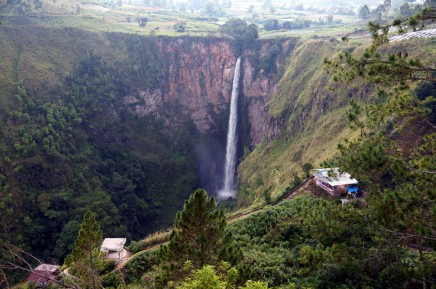
Members of several Indigenous or Adivasi groups - as Indigenous people are known in the country - set up the Nagarahole Adivasi Forest Rights Establishment Committee to protest evictions from their ancestral lands and seek a voice in how the forests are managed. Several Indigenous groups say the conservation strategies, deeply influenced by American environmentalism, meant uprooting numerous communities that had lived in the forests for millennia. Laws attempted to address the decline, but the conservation model centered around creating protected reserves where ecosystems can function undisturbed by people. It's believed the tiger population was around 1,800 at the time, but experts widely consider that an overestimate due to imprecise counting methods in India until 2006. Project Tiger began in 1973 after a census of the big cats found India’s tigers were fast going extinct through habitat loss, unregulated sport hunting, increased poaching and retaliatory killing by people. Protesters, meanwhile, are telling their own stories Sunday of how they have been displaced by wildlife conservation projects over the last half-century, with dozens demonstrating about an hour away from the announcement.


Modi also launched the International Big Cats Alliance that he said will focus on the protection and conservation of seven big cat species, namely, the tiger, lion, leopard, snow leopard, puma, jaguar and cheetah.


 0 kommentar(er)
0 kommentar(er)
